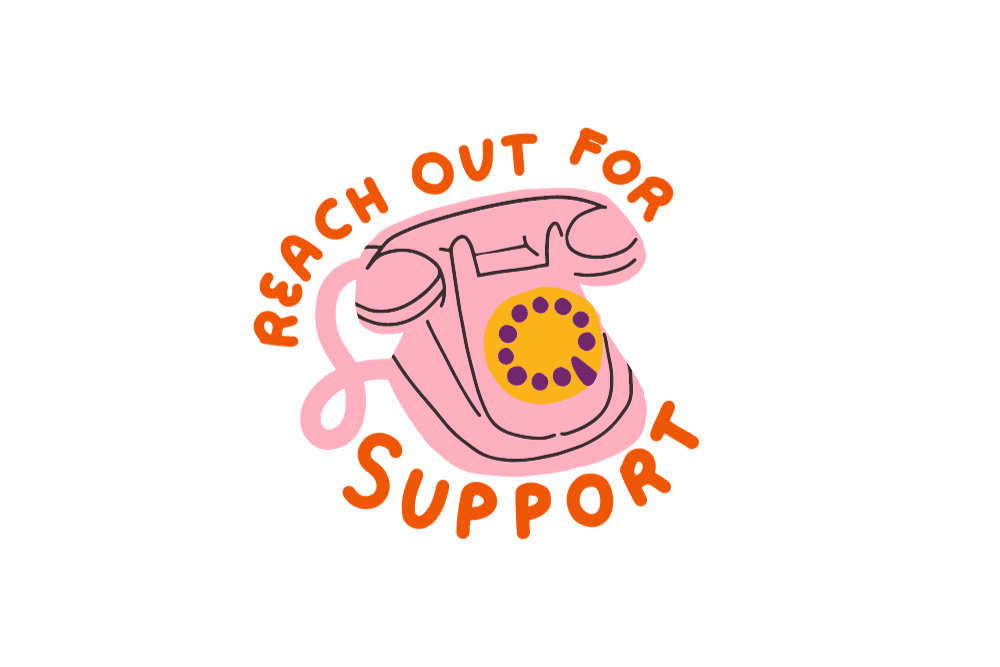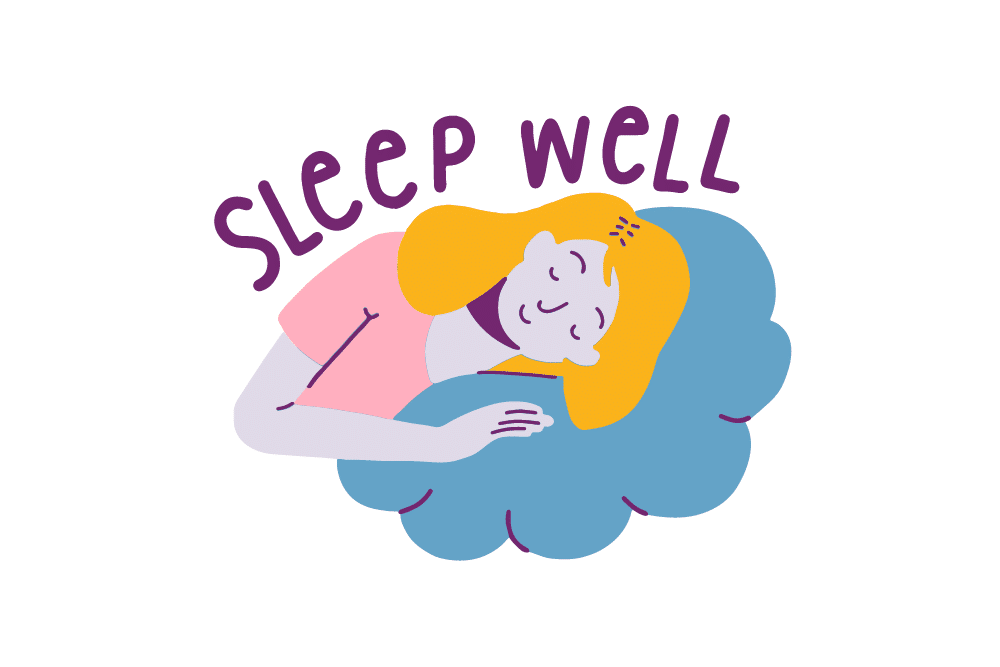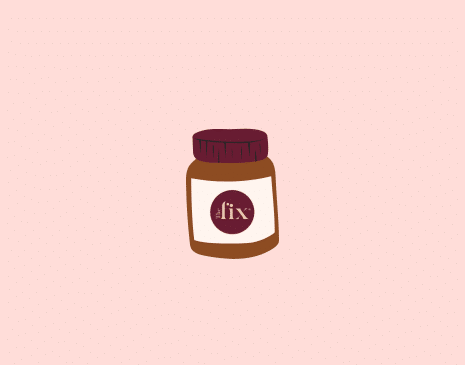Are you looking to break free from the grip of vaping? The key to quitting vapes is to reduce your vaping frequency and nicotine levels gradually, seek support from counselling or support groups, and replace vaping with healthier habits like exercise or engaging in hobbies. This approach helps manage nicotine cravings and withdrawal symptoms effectively.
In this comprehensive guide, we delve into vaping cessation, offering practical tips and proven strategies to help you successfully quit smoking. Whether you’re a long-time vaper or have recently started, our step-by-step approach to quitting vaping is designed to support you through every phase of your journey.
Discover how to overcome cravings, navigate withdrawal symptoms, and make lasting changes for a vape-free life by also removing vaping products from your environment and having a plan to handle triggers and stress. Embrace a healthier future today with our expert advice on quitting vaping.
Understanding Vaping Addiction: What Triggers Vape Cravings?
E-cigarette use is often driven by a complex interplay of physical dependence and psychological factors. At the heart of e-cigarette addiction are cravings, which can be triggered by various elements. Nicotine, the addictive substance in vapes, plays a significant role in creating a chemical dependency. When your body gets used to nicotine, it craves it when levels drop, leading to physical cravings.
Psychological triggers are just as vital. Stress, anxiety, social environments, and even certain times of the day can prompt a desire to vape. For many young people, vaping becomes a coping mechanism for emotional distress or a habitual activity associated with relaxation or socialising.
Understanding these triggers is the first step in managing them. It involves recognising the situations, emotions, or environments that make you want to vape. This awareness is vital for developing strategies to combat cravings, such as finding healthier stress-relief methods or avoiding situations that historically led to vaping. By acknowledging both the physical and psychological aspects of vaping addiction, you are better equipped to tackle the quitting journey.

Strategies for Gradually Reducing Vaping Frequency: Can Your Lungs Heal from Vaping?
Reducing vaping frequency is a vital step towards quitting, and it also opens the door to lung healing. The good news is, yes, your lungs can heal from the effects of vaping, but this process takes time and is aided by reducing and eventually stopping vape use.
A gradual reduction strategy might involve setting limits on how many times you vape per day or week and progressively lowering those limits. For instance, if you’re used to vaping ten times a day, you might start by cutting down to 8, then 6, and so on. This method helps your body adjust to lower nicotine levels and reduces withdrawal symptoms.
Another effective strategy is to switch to vapes with lower nicotine content. This gradual weaning off nicotine makes the transition less shocking to your system. Also, consider delaying your first vape of the day, which can help in extending the intervals between vaping sessions.
Remember, as you reduce your vaping frequency, your lungs begin to repair themselves. Within a few days to weeks, you might notice improved breathing and lung function. Over months and years, the risk of lung diseases decreases, and lung capacity often improves, mirroring the benefits seen in people who quit smoking.
Choosing the Right Nicotine Replacement Therapy: Is Vaping Worse than Smoking?
When transitioning away from vaping, it’s essential to consider nicotine replacement therapy (NRT) as a tool to ease the process. But before delving into NRT options, let’s address a common question: Is vaping worse than smoking cigarettes?
The answer is nuanced. While vaping is generally considered less harmful than traditional smoking due to the absence of combustion and many harmful substances found in cigarette smoke, it is not without risks. Vaping still introduces nicotine, a highly addictive substance, and other potentially harmful chemicals into the body.
Similarly to quitting smoking, for those looking to quit vaping, NRT can be a valuable aid. NRTs like patches, gums, lozenges, or nasal sprays provide nicotine in controlled, smaller doses without the harmful chemicals found in vape products or cigarettes. These therapies can help manage withdrawal symptoms and cravings, making the transition away from vaping smoother.
Choosing the right NRT depends on your vaping habits and preferences. For example, patches provide a steady release of nicotine, ideal for consistent cravings, while gums or lozenges offer quick relief for sudden urges. Consulting a healthcare professional can guide you in selecting the most suitable NRT, ensuring it aligns with your needs and health profile.
Ultimately, the goal of NRT is to gradually reduce your nicotine dependence, regardless of its source. By thoughtfully incorporating NRT into your quitting plan, you can significantly enhance your chances of success and move towards a healthier, vape-free lifestyle.

The Role of Counselling and Support Groups in Vaping Cessation: How Do You Get People to Stop Vaping?
Counselling and support groups play a pivotal role in the journey to stop vaping, offering essential psychological and emotional support. These resources become even more important when addressing the question: How do you get people to stop vaping? The answer lies in providing comprehensive support and tailored strategies to address the unique challenges of each individual.
Counselling, whether individual or group-based, offers a safe space for individuals to explore the underlying reasons behind their vaping habit. Professional counsellors can help vapers understand the triggers and coping mechanisms that lead to vaping, offering personalised strategies to combat cravings and handle stressful situations without resorting to nicotine.
Support groups provide a community of peers who are going through similar experiences. These groups foster a sense of belonging and understanding, which can be incredibly motivating. Sharing experiences, challenges, and successes with others who are also working to quit vaping creates a supportive network that can significantly enhance the chances of success.
Moreover, these groups and counselling sessions often provide educational resources about the health risks of vaping and the benefits of quitting, which can further motivate individuals to stay on the path to cessation.

Healthy Alternatives to Vaping: Building New Habits to Avoid Triggers
Transitioning away from vaping often requires replacing it with healthier habits, especially in situations that typically trigger the urge to vape. Finding alternative activities can redirect your focus and help you manage cravings effectively.
Physical Exercise
Physical activities like jogging, yoga, or brisk walking can be immensely beneficial. Exercise releases endorphins, natural mood lifters, which can reduce the stress and anxiety often associated with nicotine withdrawal.
Mindfulness and Relaxation Techniques
Practices like meditation, deep breathing exercises, and mindfulness can help in managing stress and anxiety without resorting to vaping. These techniques also improve focus and help maintain a calm state of mind.
Hobbies and Creative Pursuits
Picking up a new hobby or revisiting an old one can occupy your mind and hands, making it easier to resist the urge to vape. Whether painting, cooking, gardening, or playing a musical instrument, engaging in creative activities offers a productive and satisfying outlet.
Social Interactions
Spending time with friends and family who support your quit journey can provide a positive distraction and reinforcement. Engaging in social activities that don’t revolve around vaping helps in building a new normal.
Healthy Snacking
Sometimes, the oral fixation associated with vaping can be countered with healthy snacking. Chewing gum, carrots, nuts, or fruits can keep your mouth busy and reduce the urge to vape.
By incorporating these healthy alternatives into your daily routine, you create a buffer against triggers that lead to vaping. It’s about changing your lifestyle in ways that support your vape-free goals, focusing on activities that enhance your overall well-being while keeping the cravings at bay.

Navigating Withdrawal: How Do You Detox Your Body from Vaping?
Detoxing from vaping involves managing the withdrawal symptoms that occur when your body adjusts to the absence of nicotine and other substances found in e-cigarettes. It’s a pivotal step in the journey towards a vape-free life.
Stay Hydrated
Drinking plenty of water can help flush out toxins from your body. Hydration also helps alleviate some withdrawal symptoms like headaches and dry throat, which are common when quitting vaping.
Nutritious Diet
Consuming a balanced diet rich in fruits, vegetables, and whole grains supports your body’s natural detoxification processes. Foods high in antioxidants can combat oxidative stress caused by vaping.
Physical Activity
Regular exercise increases blood circulation, helping to expel toxins through sweat. It also boosts your mood and energy levels, which can be beneficial in combating the lethargy often associated with nicotine withdrawal.
Adequate Rest
Getting enough sleep is essential for your body to repair and rejuvenate. Withdrawal can sometimes disrupt sleep patterns, so establishing a regular sleep routine is important.
Avoiding Triggers
Identify situations or emotions that make you want to vape and avoid them as much as possible. This might mean changing your routine or avoiding certain social situations temporarily.
Professional Support
Consulting a healthcare provider can offer additional strategies for detoxing, such as nicotine replacement therapies or medications to ease withdrawal symptoms. They can also provide guidance and support throughout the detox process.
Remember, while the process of detoxing from vaping can be challenging, it is an important phase that leads to significant health improvements. It’s about supporting your body through the transition and equipping yourself with the tools and strategies necessary to overcome withdrawal symptoms.

Creating a Vape-Free Environment: Practical Steps to Take for a Healthier Lifestyle
Creating a vape-free environment is a critical step in your journey to quit vaping, as it helps reduce temptation and reinforces your commitment to a healthier lifestyle. Here are some practical steps you can take in your quit attempt:
Remove Vaping Products
Choose a quit date and begin by discarding all vaping devices, e-liquids, and related accessories from your home, car, and workplace. Having these items out of sight reduces cues that might trigger cravings.
Clean Your Spaces
Thoroughly clean areas where you used to vape, like your room, car, or any specific spot. Removing the scent and residue of vape can help in mentally distancing yourself from the habit.
Inform Your Circle
Let your friends, family, and colleagues know about your decision to quit vaping. This creates a support system and helps them understand not to vape around you or offer you vape products.
Rearrange Your Environment
Change your environment to disrupt old vaping routines. If you used to vape while watching TV, try rearranging the furniture or creating a new routine, like reading a book instead.
Create No-Vaping Zones
Establish clear no-vaping zones in your home and social circles. This sets boundaries and helps in creating an environment that supports your decision.
Seek Support for a Vape-Free Environment
If you live with others who vape, encourage them to support your quit journey by vaping outside or in designated areas away from you.
By taking these steps, you create a physical and social environment that supports your goal of quitting vaping.

Handling Triggers and Stress Without Vaping: What Happens When You Quit Vaping?
Effectively handling triggers and stress is a key component of quitting vaping. It’s also important to understand what happens to your body when you stop vaping, as this knowledge can provide motivation and help you manage expectations during the quitting process.
Identify and Prepare for Triggers
Recognise the situations, emotions, or environments that prompt you to vape. Once identified, prepare strategies to handle these triggers. This could be deep breathing for stress, a short walk for a change of environment, or reaching out to a support person when feeling the urge to vape.
Mental and Physical Health Benefits Post-Vaping
When you quit vaping, your body begins to heal. Initially, you may experience withdrawal symptoms like irritability, headaches, or cravings. However, these are signs that your body is adjusting to the absence of nicotine.
Improvements in Health
Over time, you will notice improvements in your respiratory health, sense of taste and smell, and overall energy levels. Your lung function begins to improve, reducing coughing and shortness of breath.
Stress Management Techniques
Develop healthy ways to cope with stress. Techniques like mindfulness, exercise, engaging in hobbies, or talking to a friend can be effective alternatives to vaping.
Understanding the positive changes that happen when you quit vaping, combined with effective strategies for handling triggers and stress, can empower you to maintain a vape-free lifestyle. Remember, while the initial phase might be challenging, the long-term benefits to your health and well-being are substantial.

Maintaining Long-Term Success: Preventing Relapse After Quitting Vaping
Maintaining long-term success after quitting vaping requires a combination of self-awareness, support, and lifestyle changes. It’s important to stay mindful of triggers and continue using effective coping strategies, such as engaging in physical activities, pursuing hobbies, or seeking support from friends, family, or online communities.
Regularly reminding yourself of your reasons for quitting can reinforce your commitment, while exploring new interests can fill the void left by vaping. Keeping track of your progress, celebrating milestones, and having a plan for dealing with cravings or stressful situations is also key to preventing relapse and sustaining your vape-free journey.









